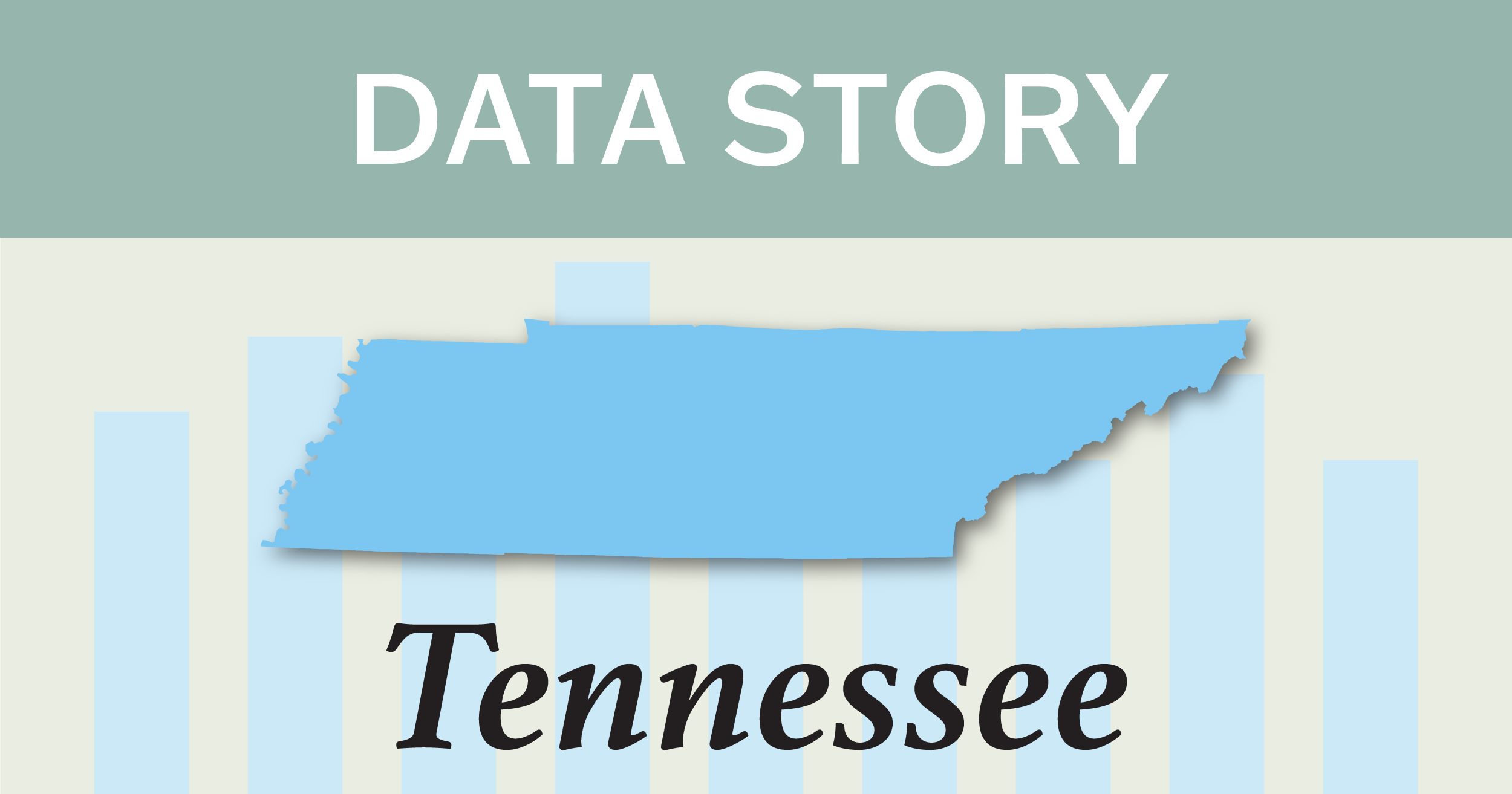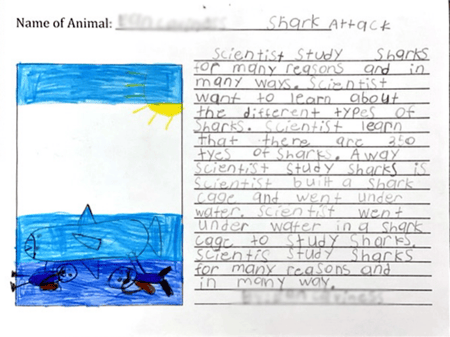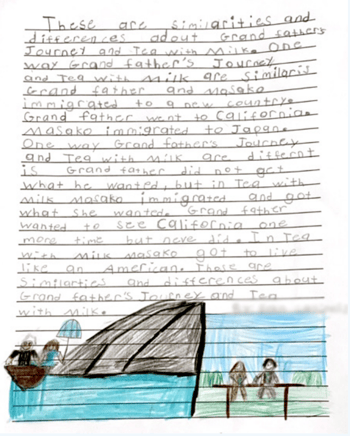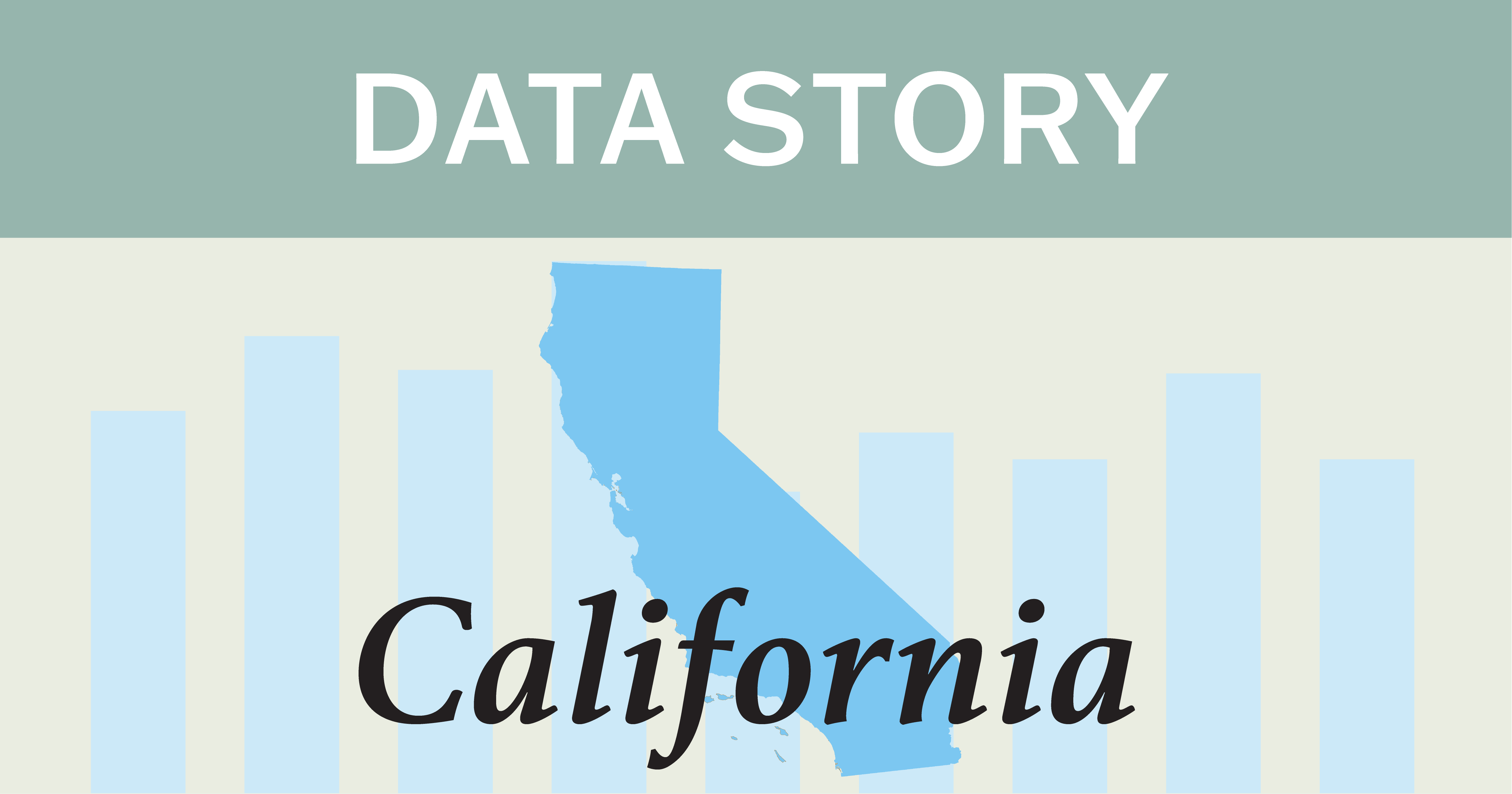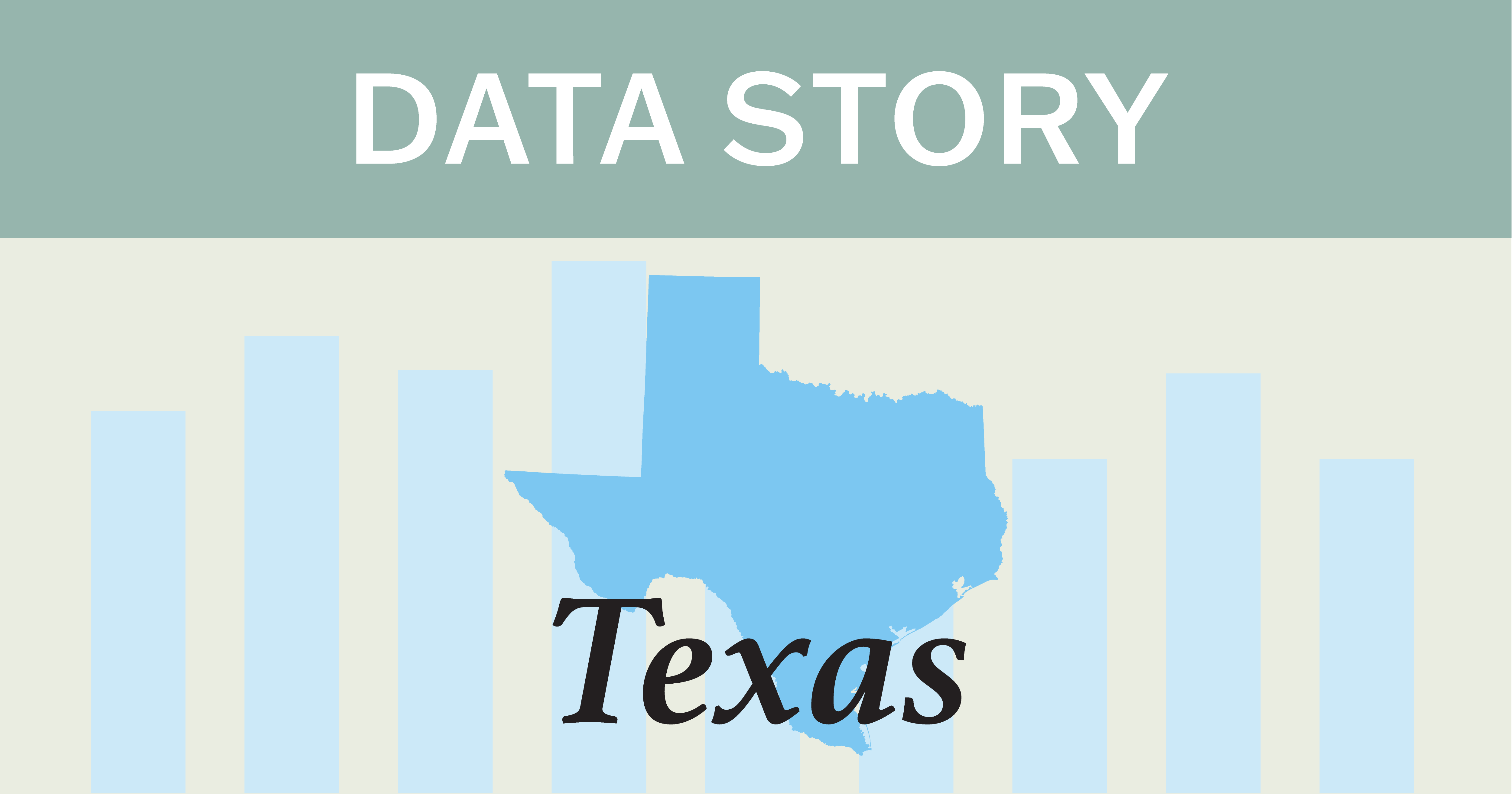Posted in: Aha! Blog > Wit & Wisdom Blog > Student Engagement Data Stories Student Achievement > After Early Success in Grade 3, Other Teachers Wanted Wit & Wisdom® for Their Students Too
Shawn Kimble, superintendent of rural Lauderdale County Schools northwest of Memphis, was planning to roll out Wit & Wisdom® one grade at a time. Fat chance. His teachers wouldn’t let him go so slowly.
The district first piloted the curriculum in Grades K–1 in the 2016–2017 school year and then expanded to Grades 2 and 3 in 2017–2018. Kimble and his team had seen encouraging student growth in basic skills in the earlier grades, but their comprehension then fell off as students advanced. Before using Wit & Wisdom, teachers cobbled together their own materials, which led to huge inconsistencies across schools and classrooms.
DISTRICT PROFILE
7 schools: 2 elementary, 1 primary, 1 middle, 1 junior high, 2 high
3,950 students
Implemented Wit & Wisdom
- K–Grade 1: SY 2016–2017
- Grades 2–3: SY 2017-2018
- Grades 4–5: SY 2018–2019
- Grades 6–8: SY 2019–2020
“We saw the Wit & Wisdom materials and loved them, the quality of the texts, and the rigor of the curriculum. We didn’t want to be left out of the pilot,” Kimble recalls.
Lauderdale began fully implementing Wit & Wisdom in Grade 3 in 2017–2018. “It was an eye-opener. I thought we’d phase in one grade at a time. But once the third grade teachers got it, our fourth and fifth grade teachers said they just had to have it too,” he says. “It was really cool. They said, ‘Our incoming students will expect a lot more from us. We’d better get on board.’” The ripple effect has since spread to high school.
STUDENT ACHIEVEMENT IS IMPROVING
Improved assessment results tell another part of the story, especially in Ripley Elementary School, where scores on the state’s English language arts test have risen an average of four percentage points since the 2016–2017 school year.
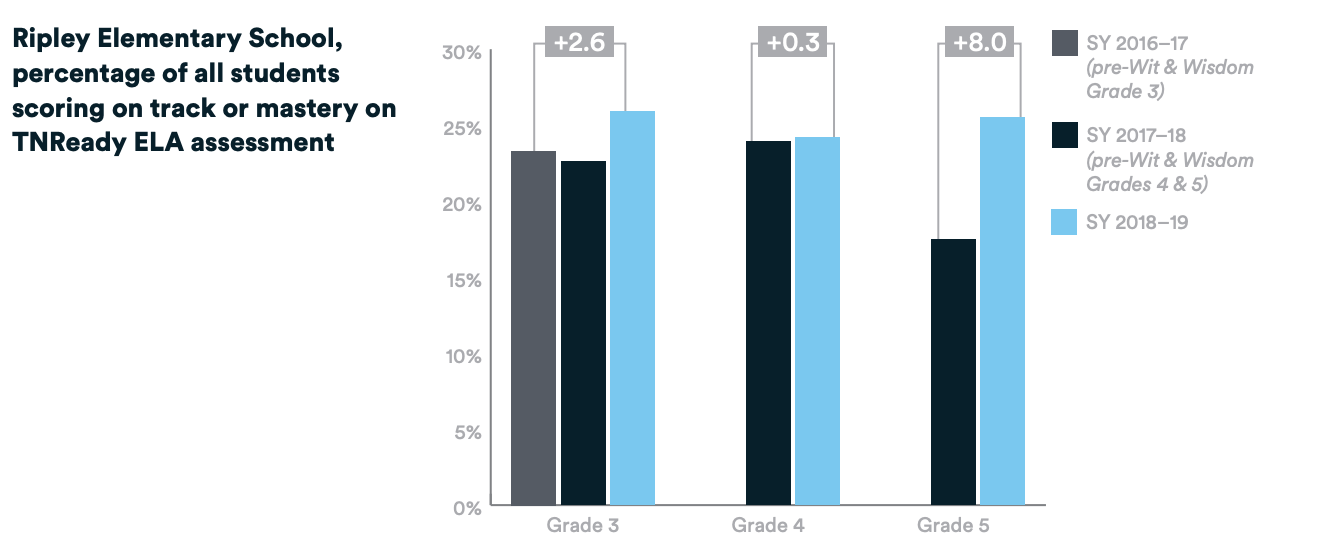 Kimble and his principals say even more persuasive are examples of student work from before and after Wit & Wisdom that show a clear progression of knowledge and writing skills (see sidebar on Grade 3 below).
Kimble and his principals say even more persuasive are examples of student work from before and after Wit & Wisdom that show a clear progression of knowledge and writing skills (see sidebar on Grade 3 below).
Moreover, the level of active student engagement has transformed the learning environment in the schools. “It gives me goose bumps to walk into a school. The kids are so engaged, there’s no down time,” Kimble says. “They’re talking about books all the time—in PE class, at lunch, everywhere.”
Andy Campbell, principal of Halls Elementary School, echoes this point. “The engagement has definitely increased. For instance, our fourth graders love Gary Paulsen [author of the book Hatchet] so much they’re going to the librarian and asking for all of his books. Their love of reading is coming through.”
EDUCATORS BENEFIT FROM STRONG SUPPORT
Kimble says strong support from the superintendent and school board on down is imperative. As with any major curriculum change, implementation will require hard work and good communication. “You need everyone to know what you’re doing and why,” he says. “Everyone needs to realize that we won’t meet the new expectations unless we’re willing to change.”
"The kids are so engaged, there's no down time. They're talking about books all the time—in PE class, at lunch, everywhere."
— Shawn Kimble, superintendent
Teresa White, principal at Ripley Elementary School, acknowledges that the first year was tough for teachers. “It was so different and so much more rigorous than what they had been teaching before,” she says, adding that teachers have been surprised by how much their students love books such as Love That Dog in Grade 4 and The Phantom Tollbooth in Grade 5. Before, they would have steered clear of the rigor and poetry of Love That Dog, White says.
In Lauderdale County, support for teachers includes professional learning communities in each school, with daily common planning time for most teachers and weekly meetings with the principal and instructional coaches. Coaches understand the science of learning and what it takes to implement a new curriculum well. And the district’s coaches and curriculum coordinators meet with Great Minds®, the developer of Wit & Wisdom, plus Geodes® for new readers, Eureka Math®, and PhD Science®.
Showing Writing Growth in Grade 3
The work samples below show the growth in one student's writing abilities from October 2019 to January 2020.
Module 1: The Sea
In this End of Module task, the students write an essay explaining why artists or scientists explore the sea. The task requires students to use information from one of the module texts (the poem, art work, short story, or informational text) to explain why people, including artists and scientists, explore the sea, and to demonstrate their mastery of creating clear, well-organized paragraphs. Some students may choose to use two texts to complete this task. October 2019
Module 3: A New Home
In this mid-module focusing task, The students are asked to compare and contrast two texts by the same author: Grandfather’s Journey and Tea With Milk. Can they accurately record evidence from each text? Can they recognize important similarities and differences between the characters? They’re asked to draft sentences to introduce their topics and then use details from the texts to support their ideas. January 2020
“Instead of spending their time creating their own curriculum, my teachers are getting better at their craft, deepening their understanding of content, and anticipating where students may need more help,” Campbell says.
“Whatever my teachers ask for, I try to get it for them,” White says, whether it is additional training from Great Minds or additional classroom materials.
RIPPLE EFFECT EXTENDS TO OTHER SUBJECTS AND CLASSES
The ripple effect is not confined to the accelerated pace of Wit & Wisdom adoptions in the upper grades. It has also extended to the district’s other classes. Kimble says teachers report that students are using language and knowledge-building processes they learned from Wit & Wisdom to solve math problems. “They’re using words like ‘notice’ and ‘wonder’ [two key concepts of the ELA curriculum]. And they’re much more engaged with each other, using ‘accountable talk’ [another key Wit & Wisdom concept]."
“The good teaching practices in Wit & Wisdom are part of what we’re now doing every day in every classroom,” Campbell says, whether it’s students “turning and talking” in science class or explaining their answers in math.
“Having conversations in all classes be student led versus teacher led is huge. The research shows that the students doing the most talking are doing the most learning,” White says. “It’s a huge change in mindset.” For educators considering adopting Wit & Wisdom, Kimble and his colleagues strongly encourage a site visit. Indeed, Lauderdale schools regularly welcome outsiders from across the state and around the country, including a recent visitor from the Knowledge Matters campaign. “Talk to teachers, visit classrooms, have them talk about their challenges and how much they’ve grown,” Kimble says.
Read Superintendent Shawn Kimble's first-person commentary about the impact of Wit & Wisdom in The 74.
In fact, the Grade 3 teachers in Ripley and Halls Elementary Schools who were initially the most skeptical are now the strongest advocates for Wit & Wisdom. “At first I thought they’d run me out on a rail. Now they’re the biggest believers and cheerleaders. I just let them do all the talking,” Campbell says.
Submit the Form to Print

Jenny Taylor
Jenny has over a decade of experience in education policy and research. She has worked with states and districts on the development and implementation of college and career readiness policies, especially around the implementation of rigorous standards and high-quality instructional materials. She has extensive knowledge about K–12 standards, graduation requirements, assessments, and accountability systems nationwide. Additionally, she has conducted research for school districts to address pressing needs in those districts. Jenny received her B.A. in English and education from Bucknell University and her M.Ed. in education policy from the University of Pennsylvania Graduate School of Education.



